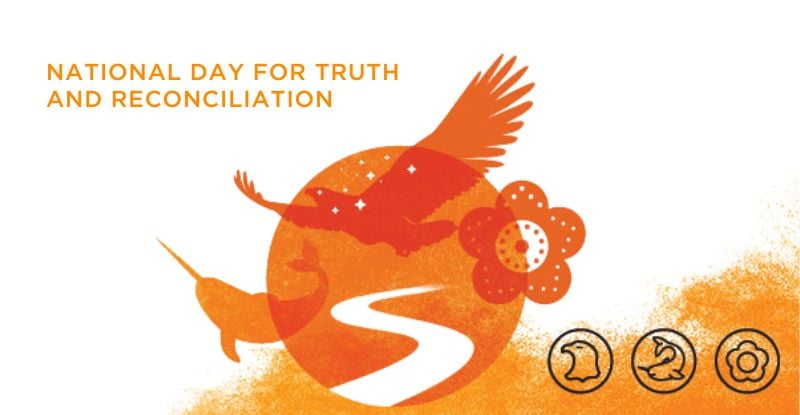
Questions about academic integrity can arise when you don’t know what exactly needs to be cited, and when you must give credit to someone else.
To help answer those questions, we define common knowledge and outline when to give credit below.
What is common knowledge?
You may have heard people say that you do not have to cite your source when the information you include is “common knowledge”. But what exactly is common knowledge?
When thinking about common knowledge, consider whether the average person would be familiar with it or need to look it up if you ask them about it. Examples of common knowledge include:
- Information that most people know, such as the sky is blue or that water freezes at zero degrees Celsius
- Information shared by a cultural or national group, such as the names of famous Canadian heroes like Terry Fox or that Justin Trudeau is the current Prime Minister of Canada (Canadians would be able to identify them but others may not)
- Knowledge shared by members of a certain field, such as basic accounting guidelines and information on income statements, expenses, and cash flows
However, what may be common knowledge in one academic discipline or peer group may not be common knowledge in another. So, it is always better to be safe and cite your work if you are unsure, rather than risk committing plagiarism.
When do you have to give credit?
You should cite a source anytime you incorporate an idea, quote (written or spoken), data, image or other content that is not yours (unless it is common knowledge). The key to avoiding plagiarism is to make sure you give credit where it is due. Essentially, if you have had to look something up, you need to give credit to the source. Below is a list of situations in which you would need to credit a source:
- You use words or ideas presented in a magazine, book, newspaper, web page, computer program, letter, advertisement, or any other medium
- You gain information through interviewing or conversing with another person, face-to-face, over-the-phone, or in writing
- You copy exact words or a unique phrase
- You reprint any diagrams, illustrations, charts, pictures, or other visual materials
- You reuse or repost any electronically-available media, including images, audio, video, or other media
- You use documents that you did not originally create
If you’re unsure about whether or not to site a source, ask your facilitator or session leader for guidance before submitting an assignment.






.jpg?ext=.jpg)


